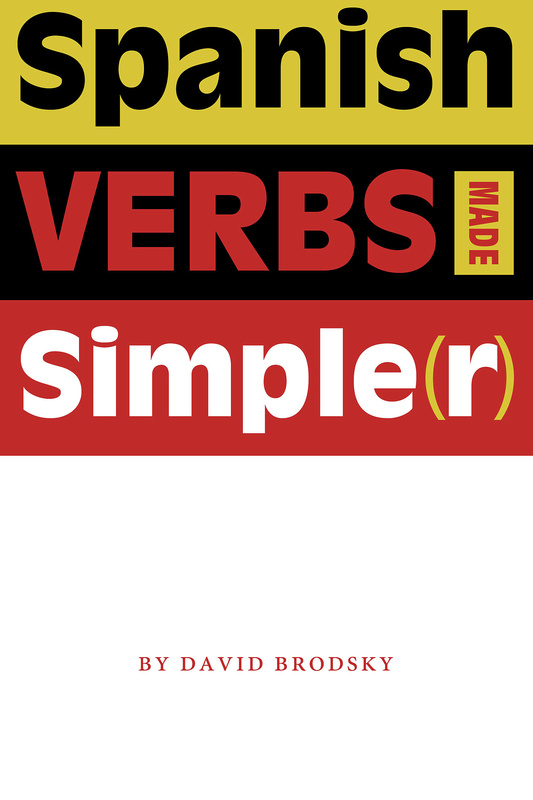It's time for a new approach to learning Spanish verbs. Unlike popular verb guides that require the rote memorization of hundreds of verb forms, this book clearly explains the rules that govern the conjugation of all classes of Spanish verbs—especially the irregular ones that give second-language learners the most trouble. These simple, easy-to-understand rules for conjugating Spanish verbs are effective learning tools for both beginning students and more advanced speakers who want to perfect their usage of Spanish verb forms.
Spanish Verbs Made Simple(r) has many helpful features that you won't find in any other verb guide:
- Clear explanations of all verb tenses and forms.
- The simple rules that govern the conjugation of all verbs—including the 90% of irregular verbs whose irregularities are entirely predictable.
- A detailed discussion of how each verb form is used, with numerous examples.
- A full explanation of the distinction between ser and estar—the single most confusing element in the Spanish verbal system.
- An extended treatment of the subjunctive that will help you understand why it is used in some situations but not others.
- Conjugations for 35 model Spanish verbs and a comprehensive listing of 4,800 verbs that indicates which of the models each verb follows.
Going well beyond any other guide in the clarity and detail of its explanations—as well as the innovative manner in which individual verbs are linked to model conjugations—Spanish Verbs Made Simple(r) is the only guide to Spanish verbs a learner needs.
It is certainly evident that Spanish Verbs Made Simple(r) is the work of someone who has spent a professional lifetime—and then some—teaching Spanish grammar. The pitch seems to me perfect: it is a detailed, complex, and [virtually] complete treatment, without engaging in useless simplifications or complicated linguistically technical discussions that students (and many professors) are unable to grasp.
David Brodsky is a writer and consultant currently residing in Aix-en-Provence, France. He holds advanced degrees from MIT and Yale University. His extensive experience working abroad as an economist and project manager showed him how foreign languages can be learnedand taughtin far more effective and less complicated ways than the normal "rote" approach.
- Preface
- Introduction
- Part I. Forms of Verbs
- 1. Present, Simple Past, Imperfect, Participles
- 2. Irregularities: Present Tense
- 3. Irregularities: Simple Past Tense
- 4. Future and Conditional Tenses
- 5. Subjunctive and Imperative
- 6. Compound Verb Forms
- 7. Orthographic Modifications
- 8. Vosotros/Ustedes and Tuteo/Voseo
- 9. Summary and Presentation of Verb Classes
- Part II. Uses of Verbs
- 10. Indicative
- 11. Special Topic: Ser versus Estar
- 12. Subjunctive
- Part III. Annexes
- A. Models of Verb Classes and Sub-classes
- B. Index by Class and Sub-class for 4,818 Verbs
- Selected References






